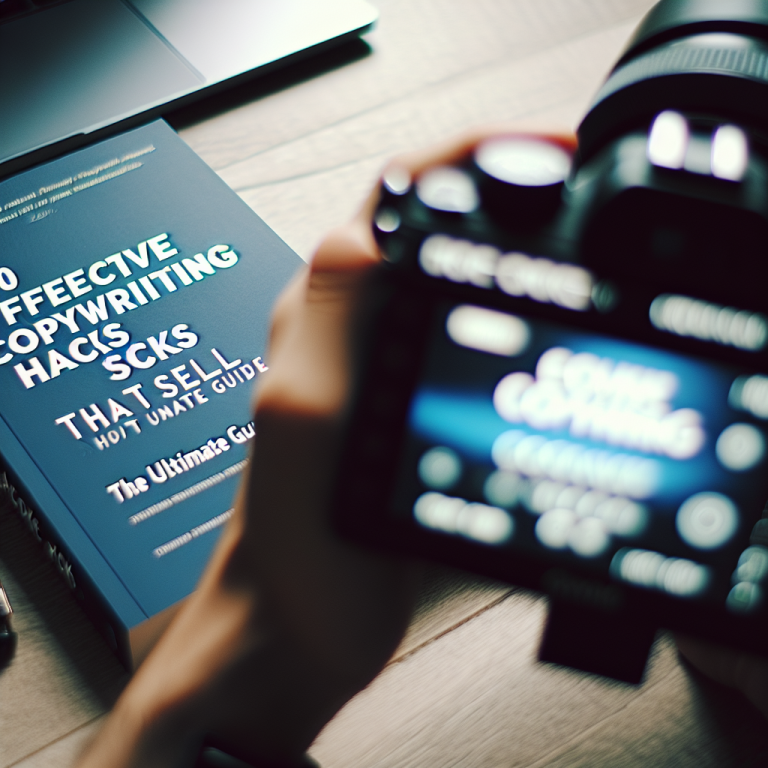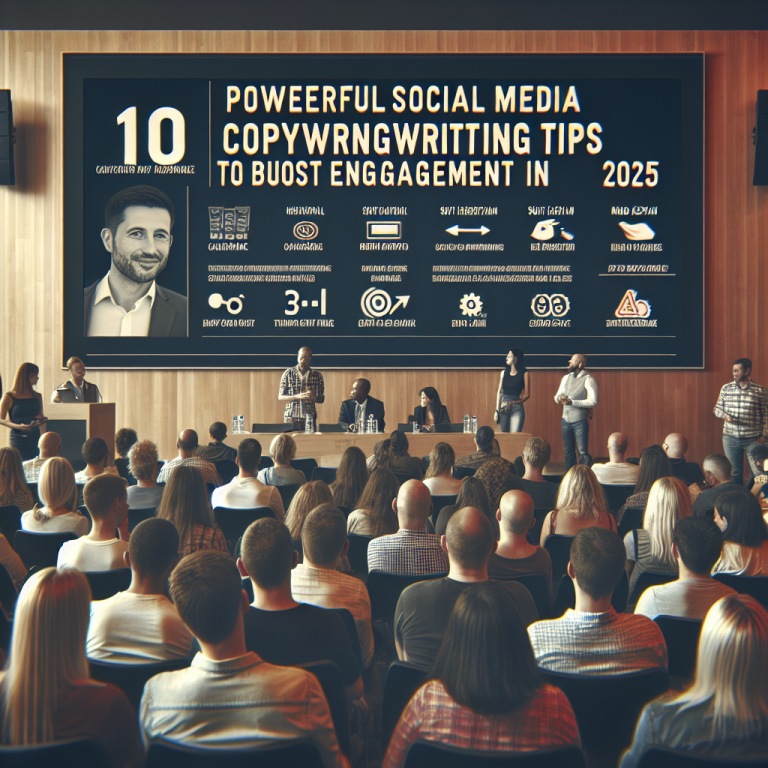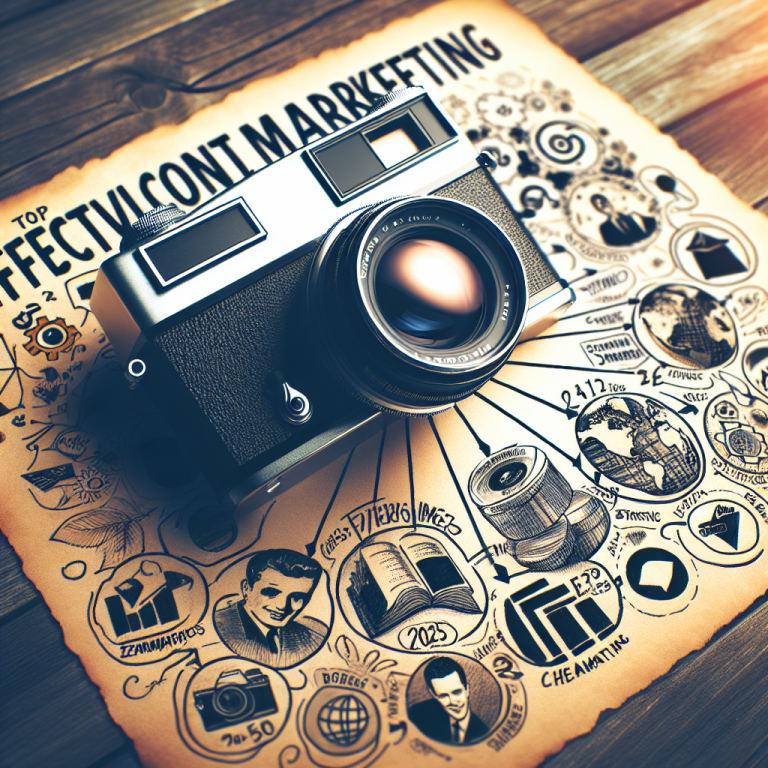The Ultimate Guide to Conversational Copywriting Strategies for 2025
1. The Basics of Conversational Copywriting
What Is Conversational Copywriting?
Conversational copywriting is a style of writing that mimics natural human conversation, making your brand feel approachable and relatable. In 2025, this approach remains essential for cutting through the noise of digital marketing. When done right, it helps increase engagement, build trust, and convert leads into loyal customers. The core idea is to speak to your audience as if you’re having a one-on-one chat.
Many brands mistakenly believe that formal, polished copy wins in todayâs market. However, data from recent marketing studies shows that consumers prefer brands that maintain an authentic and conversational tone. This trend is only growing in 2025, making conversational copywriting an indispensable element of effective marketing.
If you want to master this style, start by focusing on simplicity, clarity, and empathy. Use everyday language, ask questions, and write as if you’re talking directly to one person, not a faceless audience.
Benefits of Using Conversational Copywriting
Integrating conversational copywriting into your strategy can lead to several beneficial outcomes. For example, websites that adopt a conversational style see higher dwell times and lower bounce rates. These metrics indicate visitors find the content engaging and easy to understand.
Moreover, this approach enhances brand trust and loyalty. When your audience feels understood, theyâre more likely to purchase and advocate for your brand. In 2025, personalization combined with conversational techniques results in conversions that are 30% higher than traditional copy methods.
Another advantage is the ability to adapt your messaging in real-time, helping you quickly respond to customer needs and preferences. This flexibility turns casual browsers into lifelong customers and brand ambassadors.
2. Understanding Your Audience Deeply
Researching Customer Personas
To craft truly engaging conversational copy, you must understand who youâre talking to. Developing detailed customer personas helps you write messages that resonate. Gather data through surveys, social media interactions, and website analytics. In 2025, leveraging AI-driven tools for persona creation is more effective than ever.
Deep knowledge of your audienceâs preferences, pain points, and language nuances allows you to tailor your messaging. For instance, using industry-specific slang appropriately can make your brand appear more relatable and authentic.
Remember, the goal is to speak their language, acknowledge their concerns, and guide them naturally toward solutions. The more you understand your audience, the more genuine your conversational copy will feel.
Using Empathy to Connect
Empathy is at the heart of conversational copywriting. When you show that you understand your audienceâs struggles and aspirations, your messages become more impactful. Share stories or scenarios that mirror their experiences. This builds an emotional connection that drives engagement and conversions.
In 2025, incorporating empathy also involves acknowledging current challenges, such as economic fluctuations or shifts in consumer behaviors. Showing that you care helps establish long-term loyalty.
Practical tip: Use inclusive language, address your reader directly, and reflect on their emotions to foster trust and authenticity in your copy.
Frequently Asked Questions
1. What is conversational copywriting?
Conversational copywriting is a writing style that mimics natural speech to make marketing messages more relatable and engaging. It helps brands connect with their audience on a personal level in 2025.
2. How can I improve my conversational copy in 2025?
Focus on understanding your audience deeply, use simple language, and incorporate empathy. Utilize automation tools to analyze customer data and tailor your messaging accordingly.
3. Why is conversational copywriting important for digital marketing?
Because it increases engagement, builds trust, and improves conversion rates. In 2025, consumers demand authentic interactions, making conversational copy essential.
4. Can chatbot conversations be considered conversational copywriting?
Yes, when chatbot scripts are designed to mimic natural human dialogue, they become a form of conversational copywriting that enhances user experience and fosters trust.
Conclusion
As we look towards 2025, conversational copywriting remains a crucial strategy for brands seeking to stand out in a crowded digital landscape. By adopting an authentic, empathetic, and audience-focused approach, you can foster deeper connections, drive engagement, and boost conversions. Remember, mastering conversational copywriting is not just about wordsâit’s about creating genuine conversations that resonate. Embrace these strategies today to lift your marketing efforts to new heights in 2025 and beyond.








